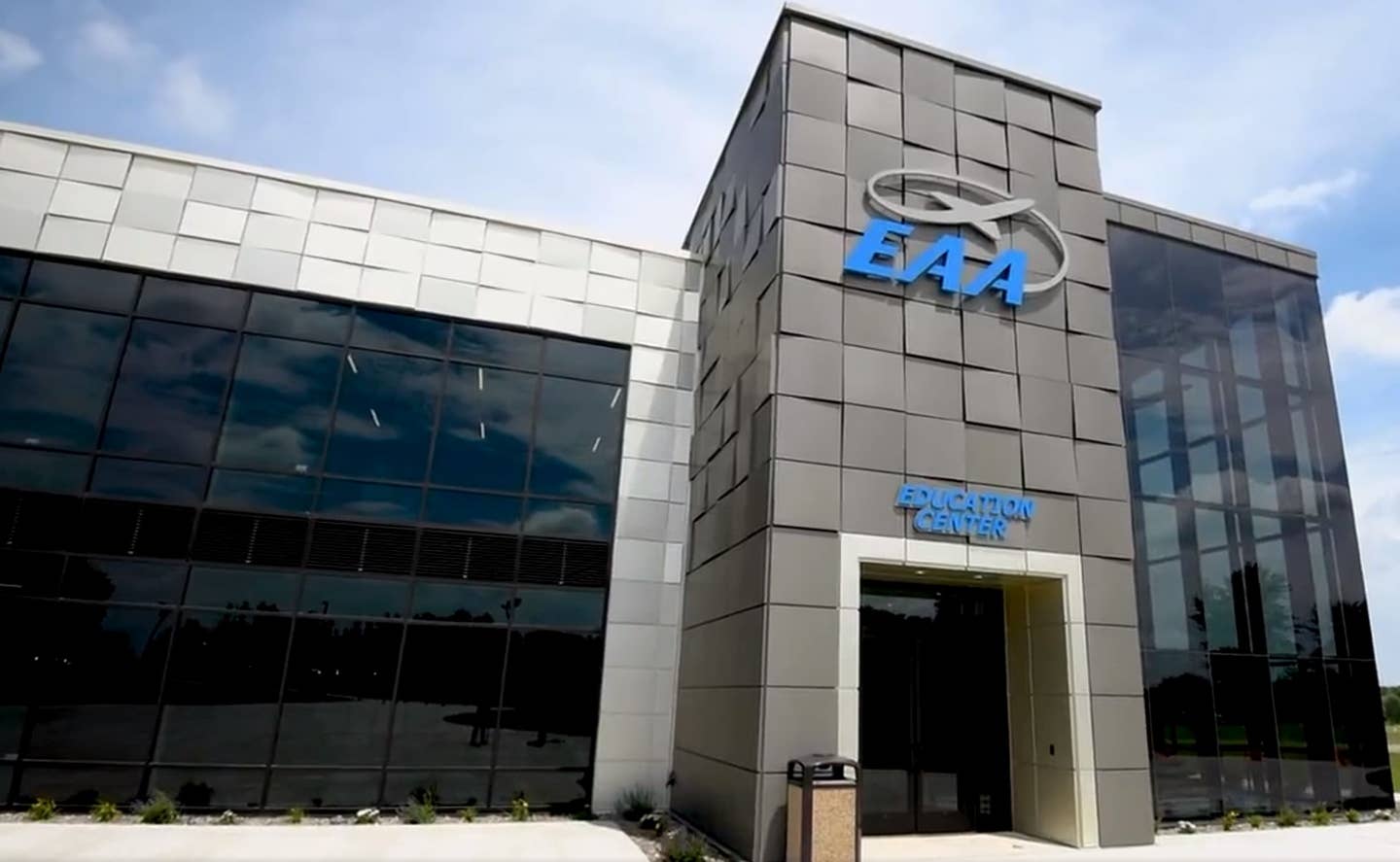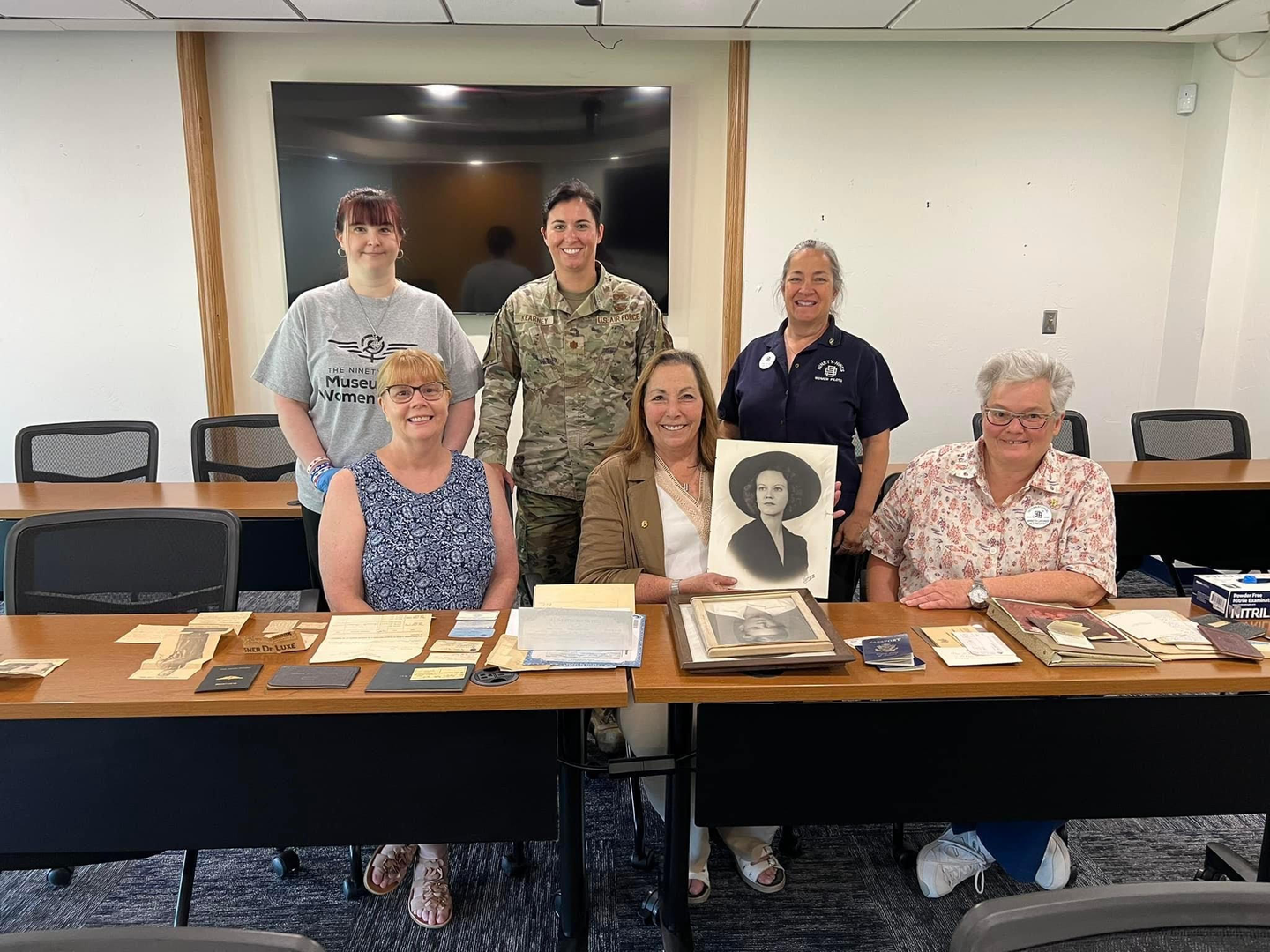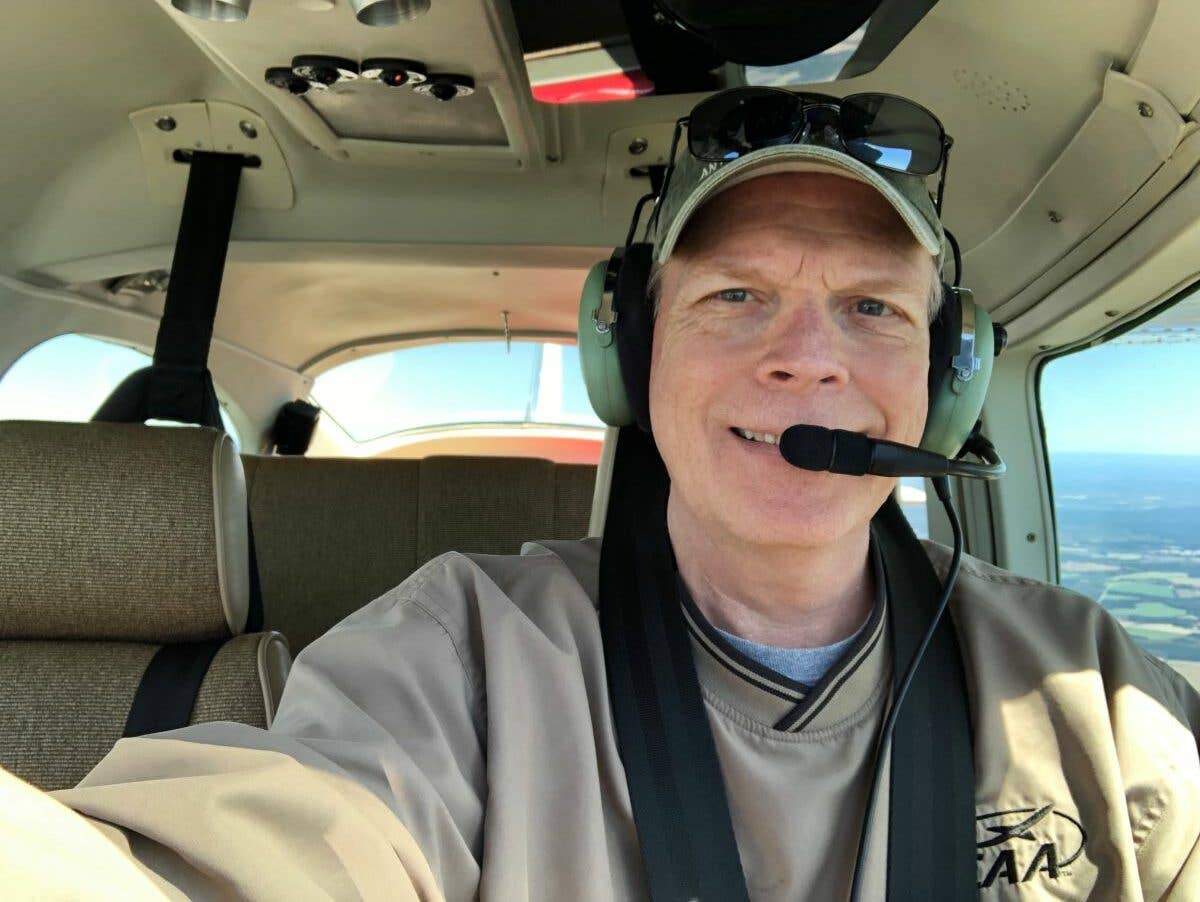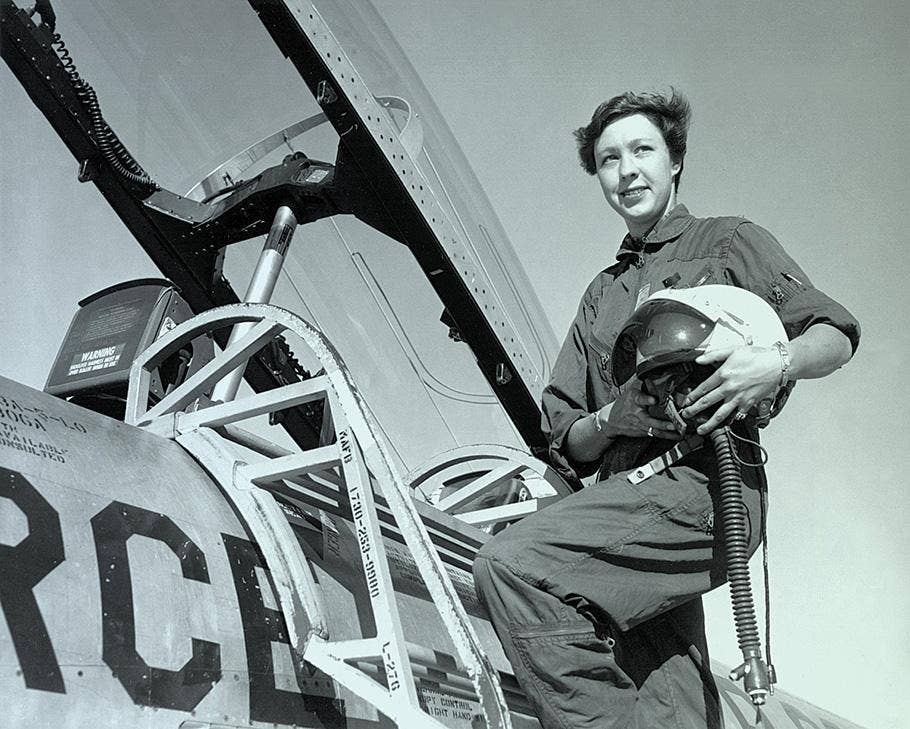Want to Buy an Airplane? Read This First
Know exactly how much money you need—and will need—to join the airplane ownership club.
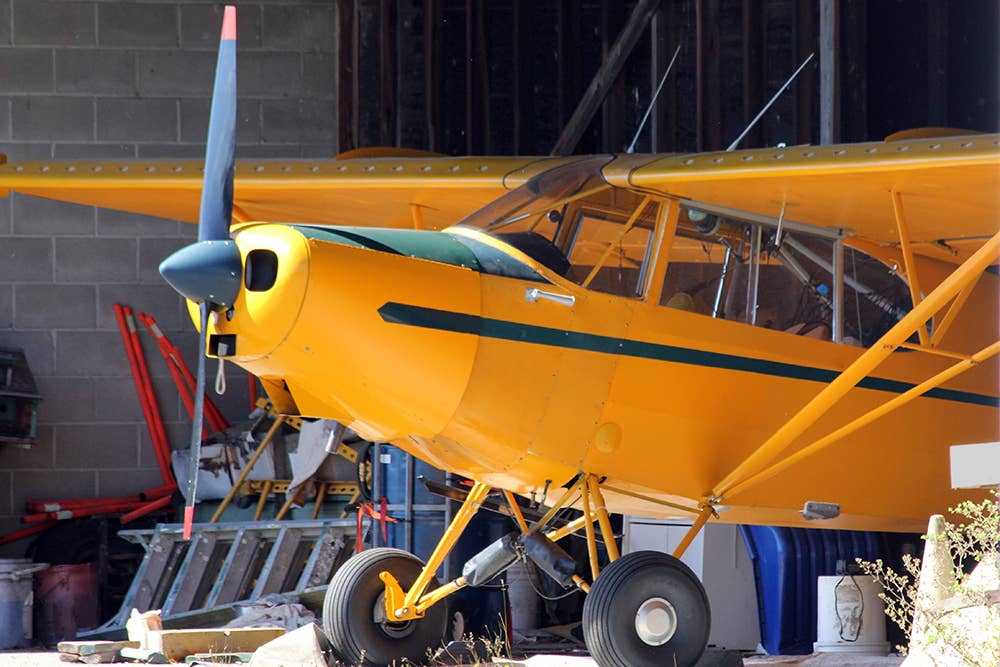
There are many different variable and fixed costs that you must consider before purchasing an aircraft. Credit: Adobe Stock
Owning an aircraft is definitely a matter of High Finances. Figuring out the smartest and most responsible way to do it is a subject I’ll spend the next few columns breaking down.
When it comes to making flying more affordable, I plan to take a more quantitative approach than most. We’re going to look at some specific examples of the fixed and variable costs of owning an aircraft, using a custom spreadsheet. Once we have a handle on the basics, we’ll use that spreadsheet to find ways to optimize and reduce costs.
Background Data
Before we can even consider calculating the costs of owning an airplane, we have to know a lot about the machine and the way we plan to purchase it. For today, I’m basing everything on an ad for a 1975 C-172M offered on Trade-a-Plane for $79,900. However, you should download this spreadsheet for yourself and input numbers specific to your situation.
I assumed 8 percent interest on a loan with a 20 percent down payment; however, you may get different terms. (More on that soon.)
I live near cheap fuel, but if you fly in California or New York, you’ll need to plan on spending a lot more than $4.50 per gallon for avgas.
It’s critical to know the time between overhauls (TBO) and time since major overhaul (TSMOH) for your engine, as well as finding a realistic cost for getting an overhaul done. I strongly recommend you not plan to get a “cheap” overhaul from someone local. In my experience, those tend to cost far more in the long-run than using a reputable shop.
We’ll find that the number of partners owning an aircraft—and the number of hours each flies in a year—are huge drivers in your overall costs. If you’re not ready to fly at least 200 hours per year, you probably should not buy an airplane. (I’ll prove it to you shortly!) If you can’t hit that mark, adding partners who help you get there can help a purchase make sense.
The final item of setup information in this spreadsheet is what I call a maintenance reserve factor (MRF). A rule of thumb I learned from an old pilot years ago says you should expect to spend roughly half as much each year on maintenance as you do on fuel. There’s a lot of room for variation there depending on the condition or complexity of your aircraft.
Fixed Costs
Fixed costs are those you pay every year, no matter how much you fly. In the table below, the hourly figure is based on 200 hours per year—giving you two ways to think about fixed costs.
A tie-down spot on a ramp may seem cheaper than a hangar; however, I’m not a fan of leaving airplanes exposed. The world is full of derelict aircraft decaying in the elements. At the very least, if you plan to “save” money by tying down your airplane outside, increase your MRF by a few percentage points.
Insurance is cheapest for a piston single with fixed gear. Unless you have a very specific mission, I recommend limiting yourself to those criteria. Just as car insurance companies recommend, you should call around and interview several providers. (Rates have climbed in the past few years.)
This spreadsheet uses built-in formulas to calculate a monthly payment. Feel free to input specific information from your lender.
Annual inspections are just that: inspections. Chances are your A&P will find some things that need work, which is why we included that MRF in our variable costs. I used a figure of $800 that should get you a basic annual with a small shop. If you have a fancier aircraft, a twin, or anything with retractable landing gear, the base price of your annual will increase significantly. A friend who used to own a Cirrus SR22 budgeted $10,000 per year for their annual. Again, shop around!
Crunching these numbers shows it will cost you almost $15,000 per year just for the privilege of owning a C-172 pushing 50 years old. The spreadsheet breaks that down into a monthly cost and an effective hourly rate based on the amount you assume you’ll fly.
Note that the more you fly the more this effective hourly rate decreases. If you can’t reach that yourself, consider some partners. Adding one partner cuts your fixed costs in half. A group of four partners reduces that effective hourly rate to under $20.
Variable Costs
Variable costs are expenses associated with the hourly operation of your aircraft. The per-hour cost won’t change much over time, but your total annual expense is based on the number of hours you fly.
Fuel and oil are easy to calculate. Your POH gives you fuel burn figures, the internet has numerous sources of fuel prices, and you can save money buying oil by the case online.
Your engine and maintenance reserves are critical. If you aren’t flying for hire, you don’t necessarily have to overhaul your engine when it reaches TBO. However, most aircraft live hard enough lives that you need to be prepared for this major expense.
The worst way to plan for an overhaul is not to. Then, your engine quits unexpectedly and you’re grounded until you can fund this five-figure expense.
Subtract the engine’s TSMOH from its expected TBO and divide the cost of an overhaul by that number of hours. Then, for every hour you fly, deposit that money into an account specifically set aside as an overhaul fund. (We’ll look at some ways to put this money to work another week.)
Your maintenance reserve needs to be a second, separate account into which you pay money for every hour you fly. You want these funds on hand when your transponder gives up the ghost or your A&P decides you need a rebuilt master brake cylinder on your next annual. If you’re new to aviation, this MRF may sound like too pessimistic an estimate. It depends on the type, age, and condition of your aircraft.
I also left a line in the spreadsheet for other reserve funds. This may include planning to redo your interior, paint and/or recover an exterior with fabric, or upgrading avionics. The more honest you are about your ambitions here, the better you’ll be able to save up for them.
Total Costs
Our spreadsheet combines all the information we’ve given it to provide these totals:
Yes, enjoying your airplane for 200+ hours (like you should) could cost you more than $30,000 per year. Two thirds of that cost are things other than the loan you used to buy the aircraft.
While an overall hourly rate of $152.70 is decent, I say we can do better. Next, we’ll look at the biggest factors driving these costs and how to optimize them for more affordable flying.

Sign-up for newsletters & special offers!
Get the latest FLYING stories & special offers delivered directly to your inbox


